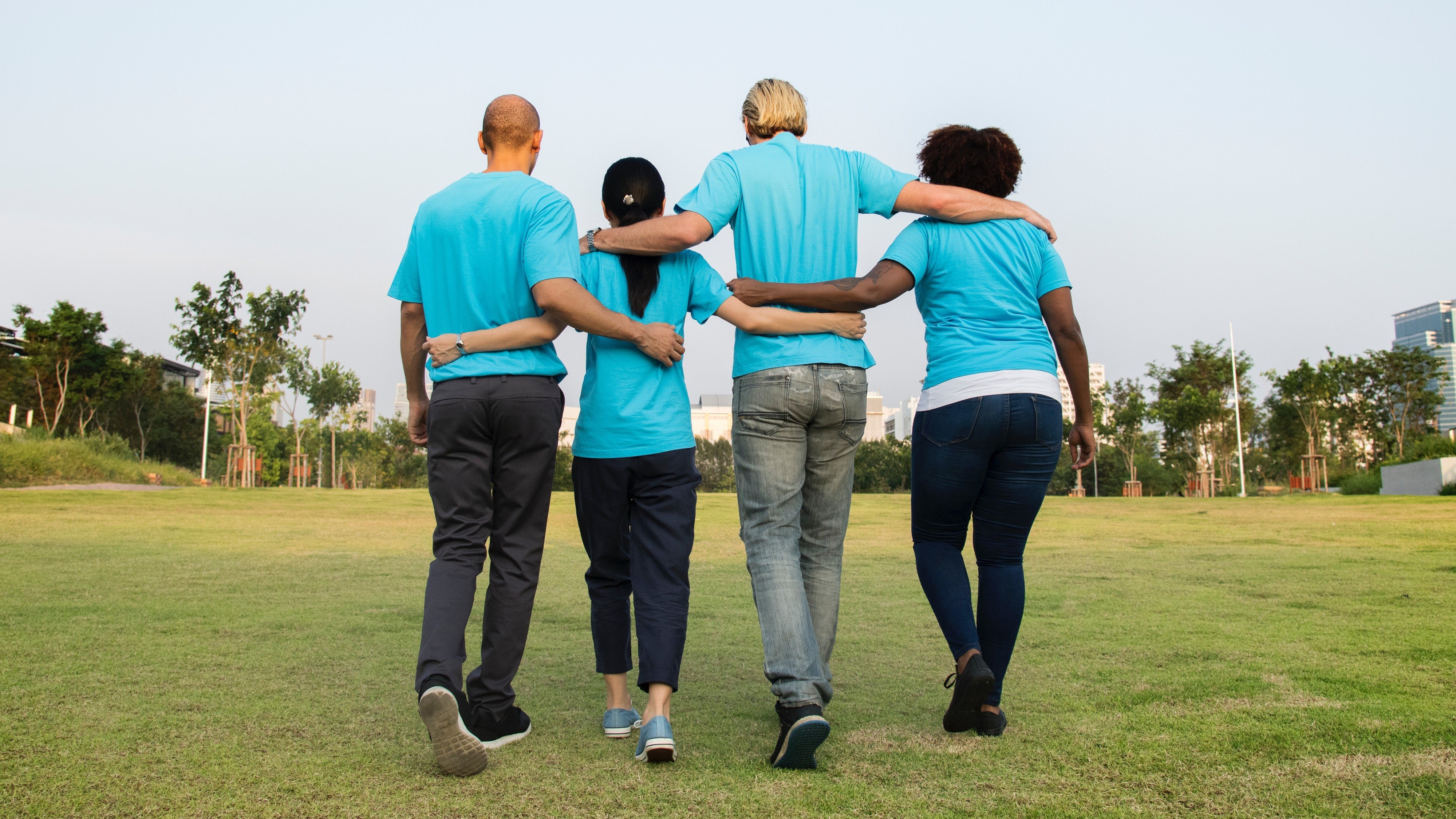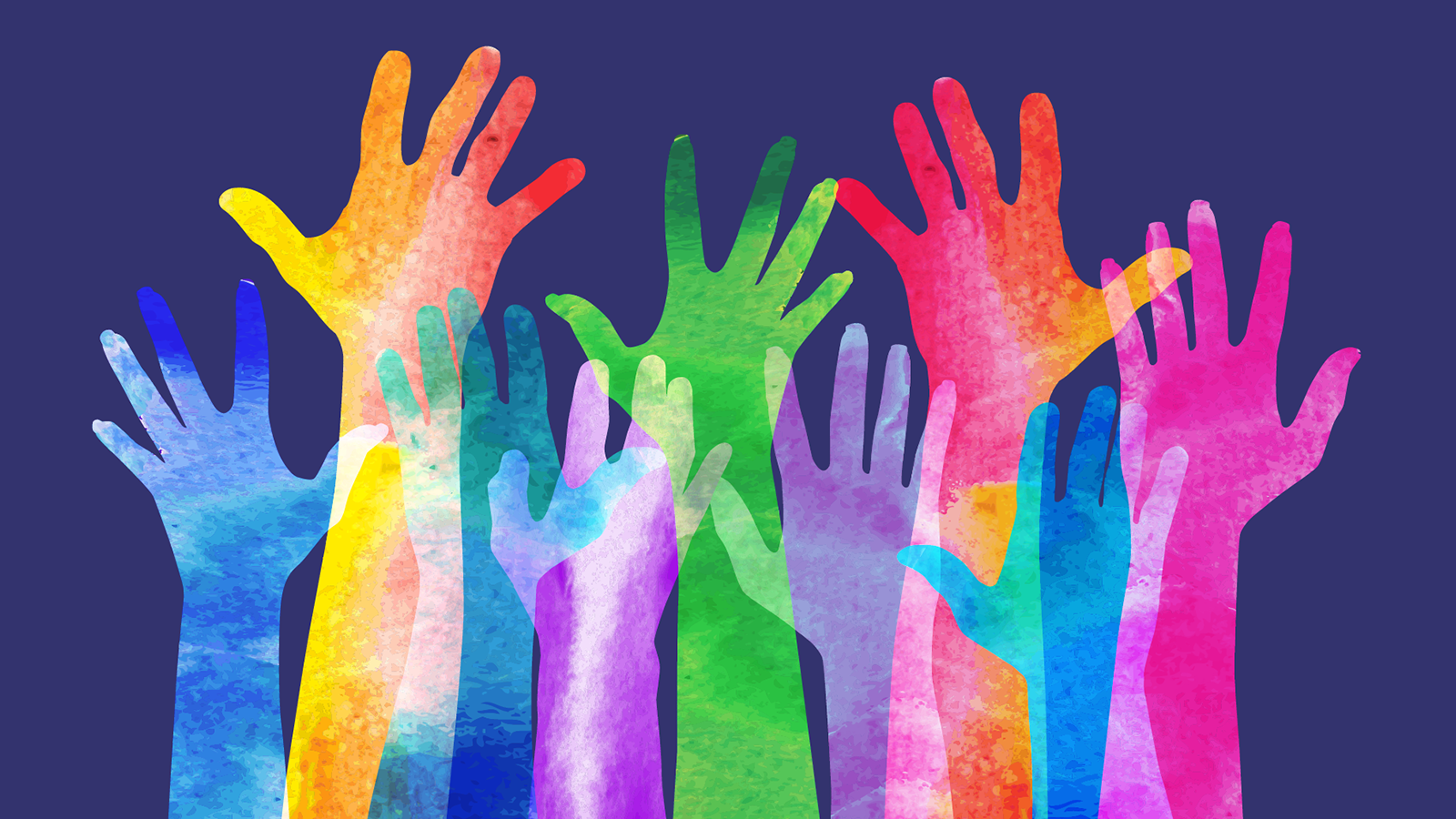“If I am not for myself who is for me? And being for my own self, what am ‘I’? And if not now, when?” – Hillel the Elder
Hillel the Elder, who is also credited with articulating the “Golden Rule,” challenges us to consider living a balanced life based upon human interdependence and independence. Fundamentally, studying the past can guide students to an understanding of the triumphs, challenges, and failures of humankind throughout history.
State social studies standards and the C3 framework provide a fantastic starting point for teachers to share the human story with students, but how can we take that one step further? Embedded within the standards are important inquiry-based and primary source-based benchmarks to help students think like historians.
Central threads include:
- Vocabulary development
- Differentiating and analyzing primary and secondary sources and citing textual evidence
- Interpreting processes in our institutions such as how government and economics work
- Identifying and understanding bias as well as different points of view
- Deciphering data such as charts and graphs
- Integrating different sources to develop a dynamic view of historical events
- Putting events in sequential order and finding causal relationships
Most importantly, students need to learn beyond the page. Looking at not only what happened in the past,but the emotional elements of history can give students a different perspective. To share the complexity of the human experience with students, teachers can focus on how compassion helped shape human history.

Photo by rawpixel.com from Pexels
Understanding human instincts
Emma M. Seppälä Ph.D., Science Director of the Center for Compassion and Altruism Research and Education at Stanford University, identifies compassion as a central piece to the history of humankind. In her article, “Compassion: Our First Instinct,” she outlines how human displays of compassion are fundamental to our development as individuals and as a species. Compassion alleviates human anxiety and strengthens connections to one another.
Understanding history starts with understanding ourselves. Going back to the Hillel quote, we need to consider the impact compassion has on our own development. Multiple social-science experiments state that compassion is embedded within us on a biological basis in a self-fulfilling positive loop. According to Dacher Keltner, founder of the Greater Good Science Center at the University of California, Berkeley, the areas of our brain associated with positive emotions light up when we feel compassionate love for our offspring. While this may be natural and expected, those same areas of the brain are activated when parents see other children or when people contemplate doing harm to others. He cites research done by Emory University neuroscientists, James Rilling and Gregory Berns saying, “helping others triggered activity in the caudate nucleus and anterior cingulate, portions of the brain that turn on when people receive rewards or experience pleasure. This is a rather remarkable finding: helping others brings the same pleasure we get from the gratification of personal desire.” In other words, compassion and emotions drive humans, not only in our neurological functioning, but in our social functioning as well. Ultimately, humans need to become interconnected with each other.

Photo by Suraphat Nuea-on from Pexels
Emphasize compassion throughout history
So the natural question is, how does this relate to social studies? By teaching the “role of compassion,” teachers can delve deeper into the state standards. We can accomplish this in multiple ways. To begin, we can teach individual heroic moments, when people thought beyond their own needs and helped bridge warring sides. A quick internet search can provide countless examples such as protesters serving tea to police, or African American doctors working to save the life of a KKK supporter.
The challenge is to help students find moments when a lack of compassion led to dire results. In the examples above, the historical figures met chaos with compassion, and serve to teach students about a deeper understanding of the causal elements of historical events. They will better grasp the importance of compassion in human interaction. By encouraging students to evaluate social studies through a compassionate lens, we fulfill our collective mission as educators to help the development of the whole child. We must continue to provide examples of compassion for students as they develop into adults who will be architects of our future.
How would you use compassion in your curriculum? Please keep the conversation going. We would love to hear from you.
Seeking more professional development resources?
Sign up to learn more
Ken Klieman is the author of Building an Empathy-Based Classroom, and has taught over 5,500 students and trained over 3,000 teachers. Ken has been awarded both California Teacher of the Year and Comcast All-Star Teacher of the Year. His work as a leading teacher trainer for the NEA and CTA and keynote speaker have solidified his pedagogical approach focusing on community building through performance-based, student-inquiry projects.

